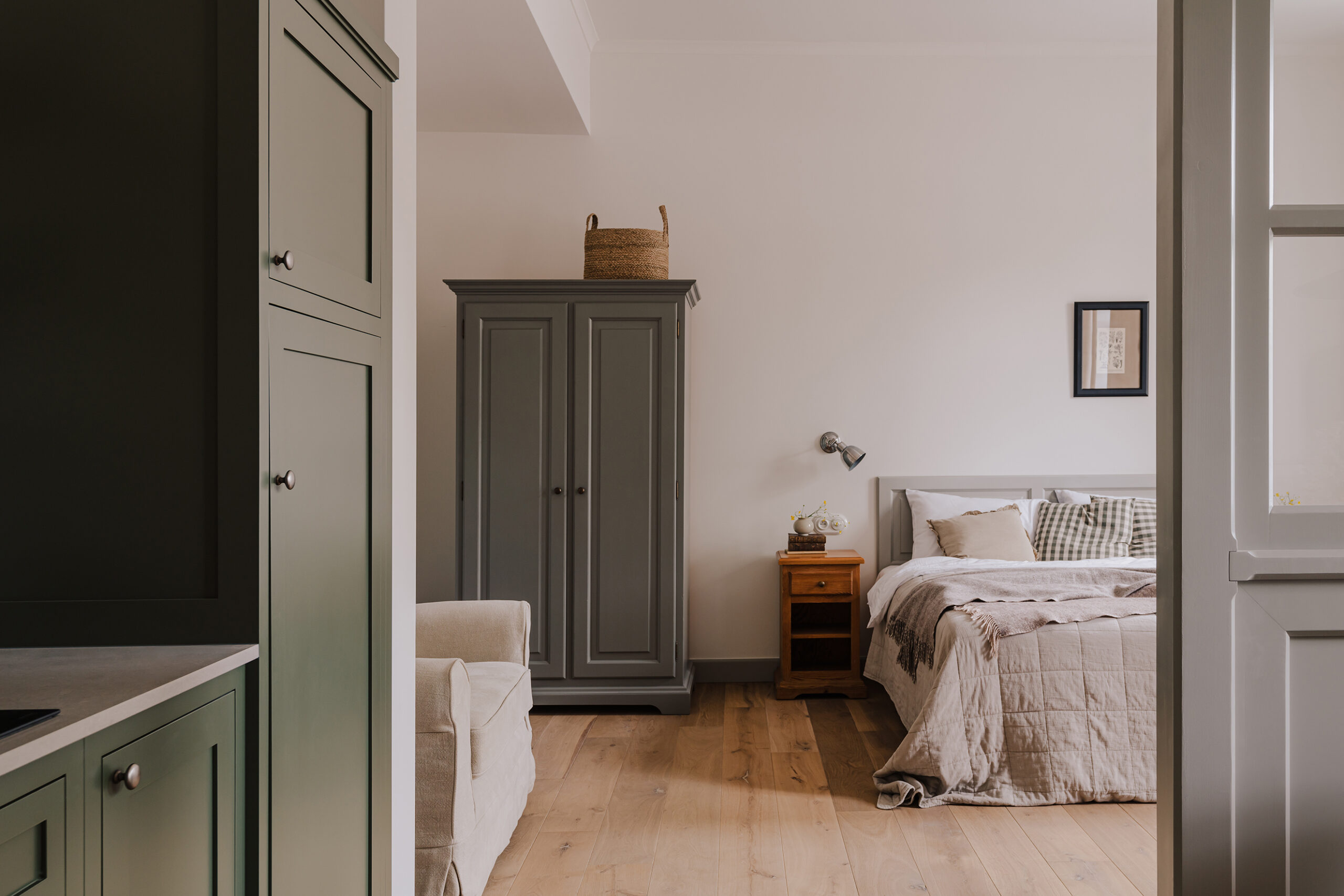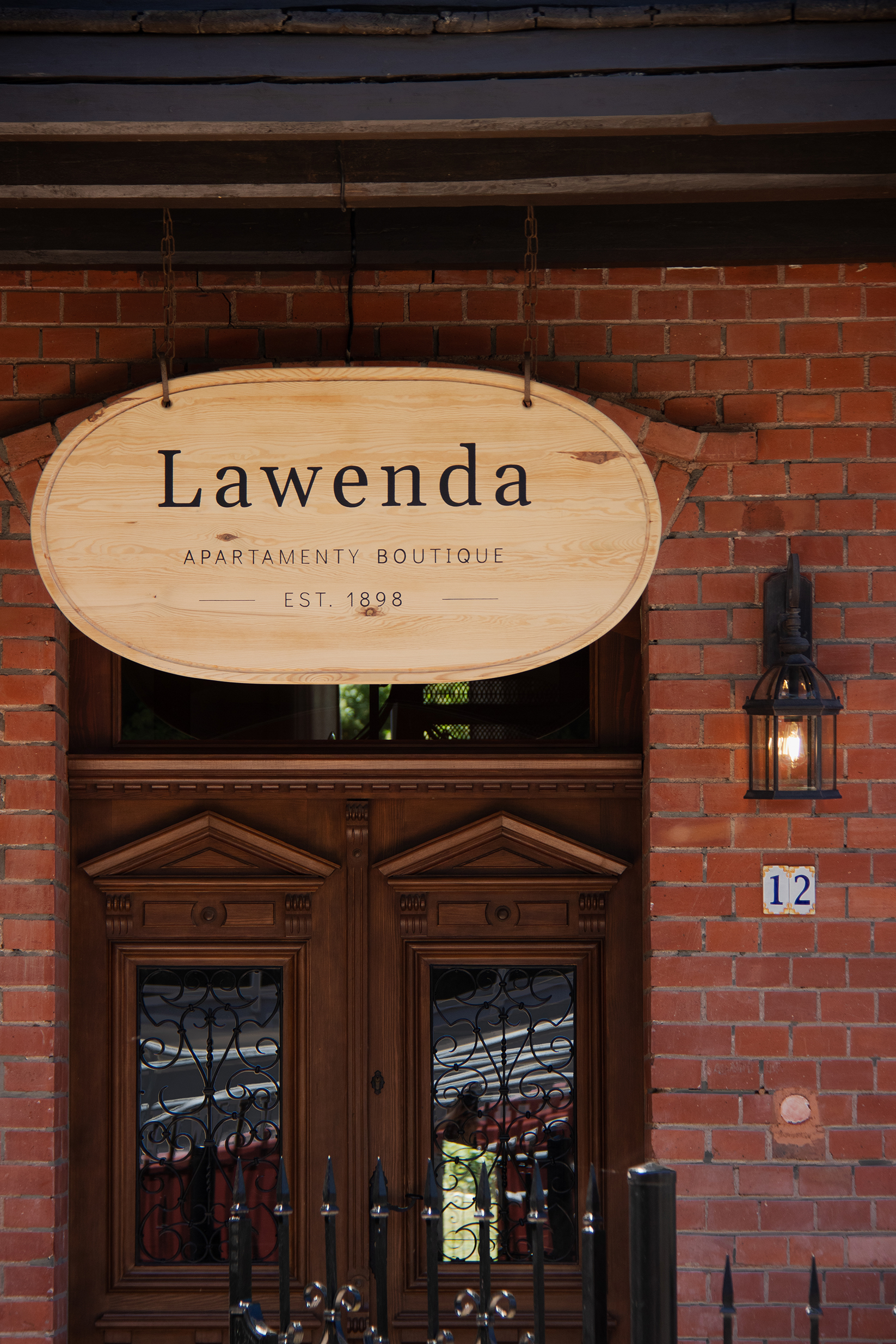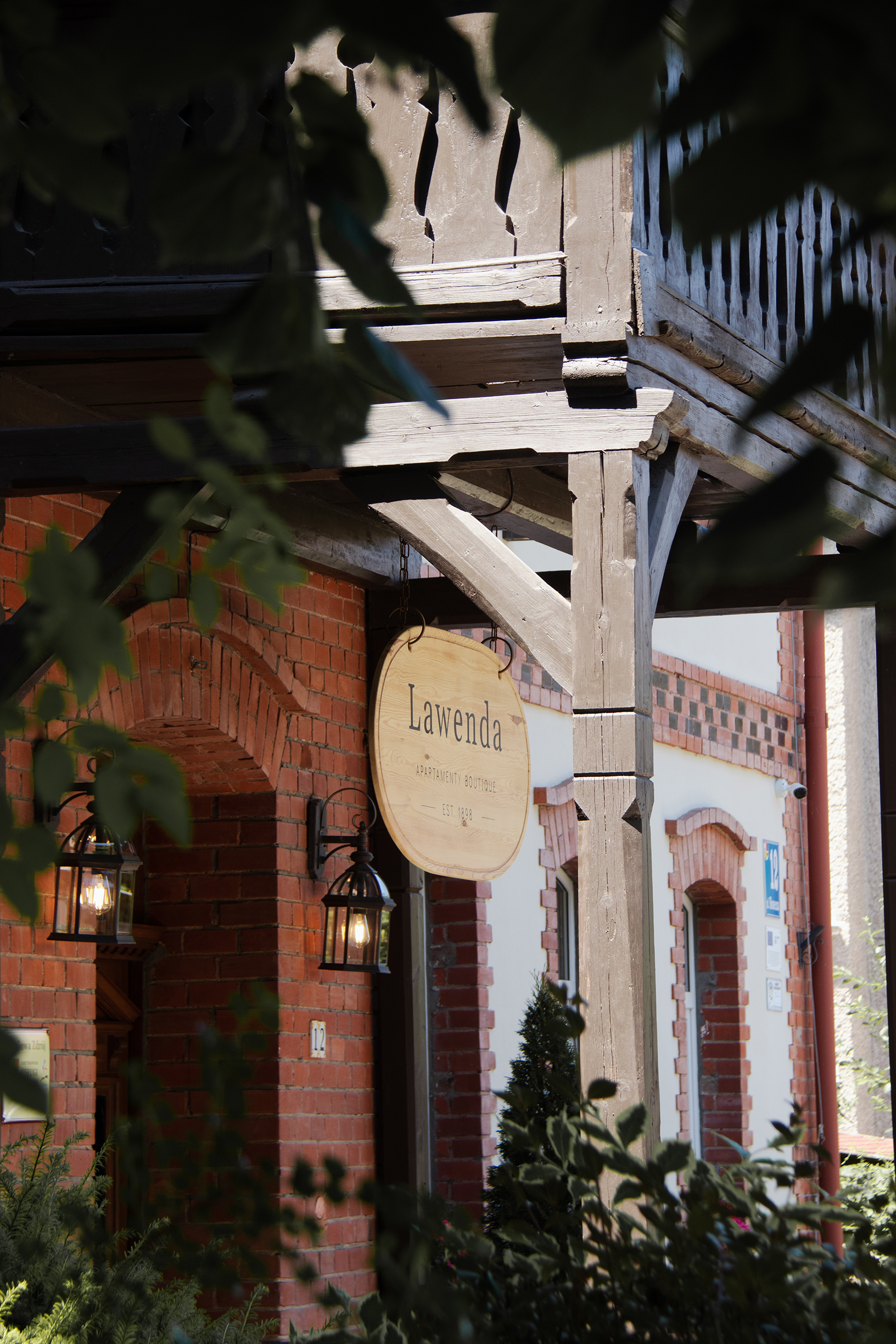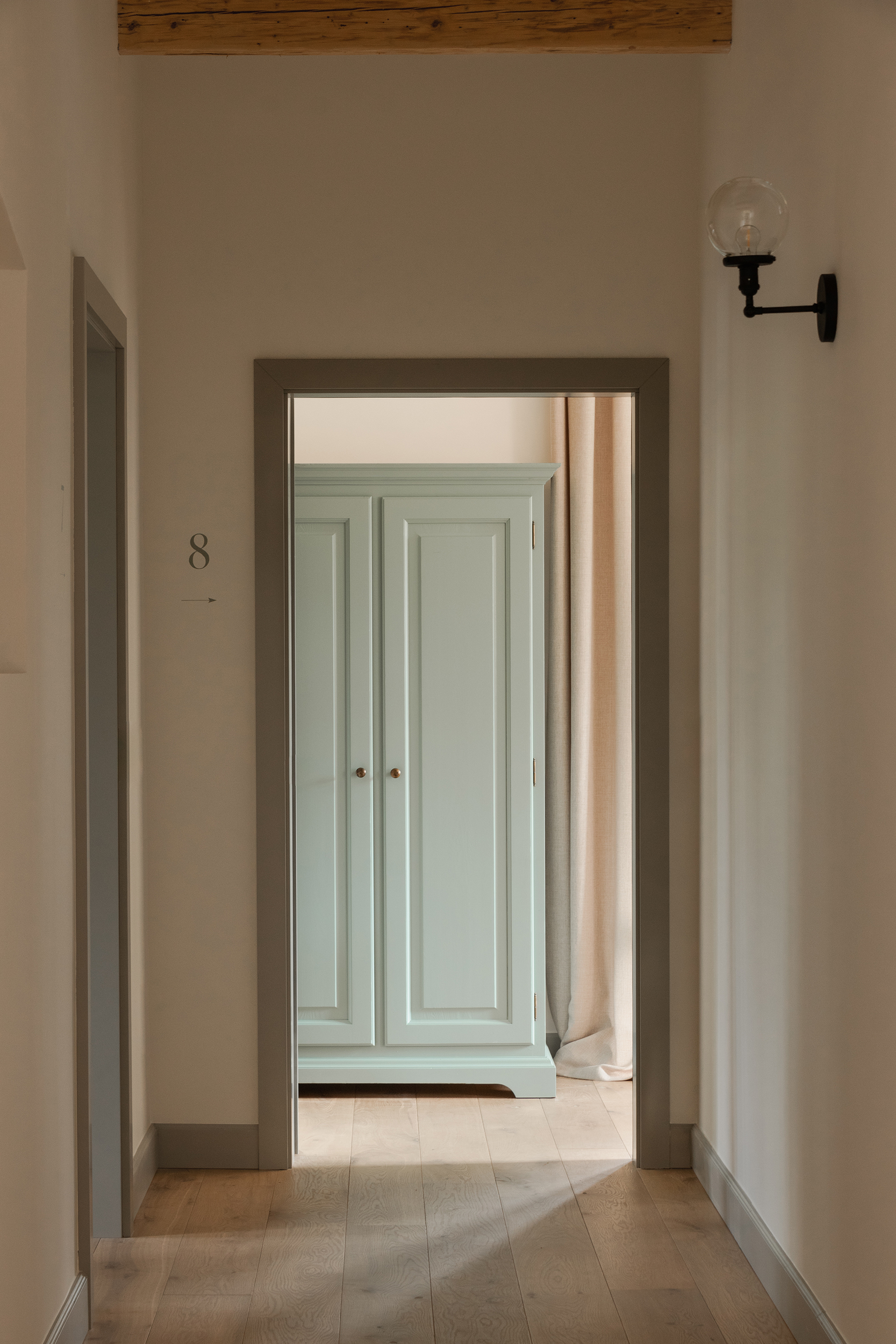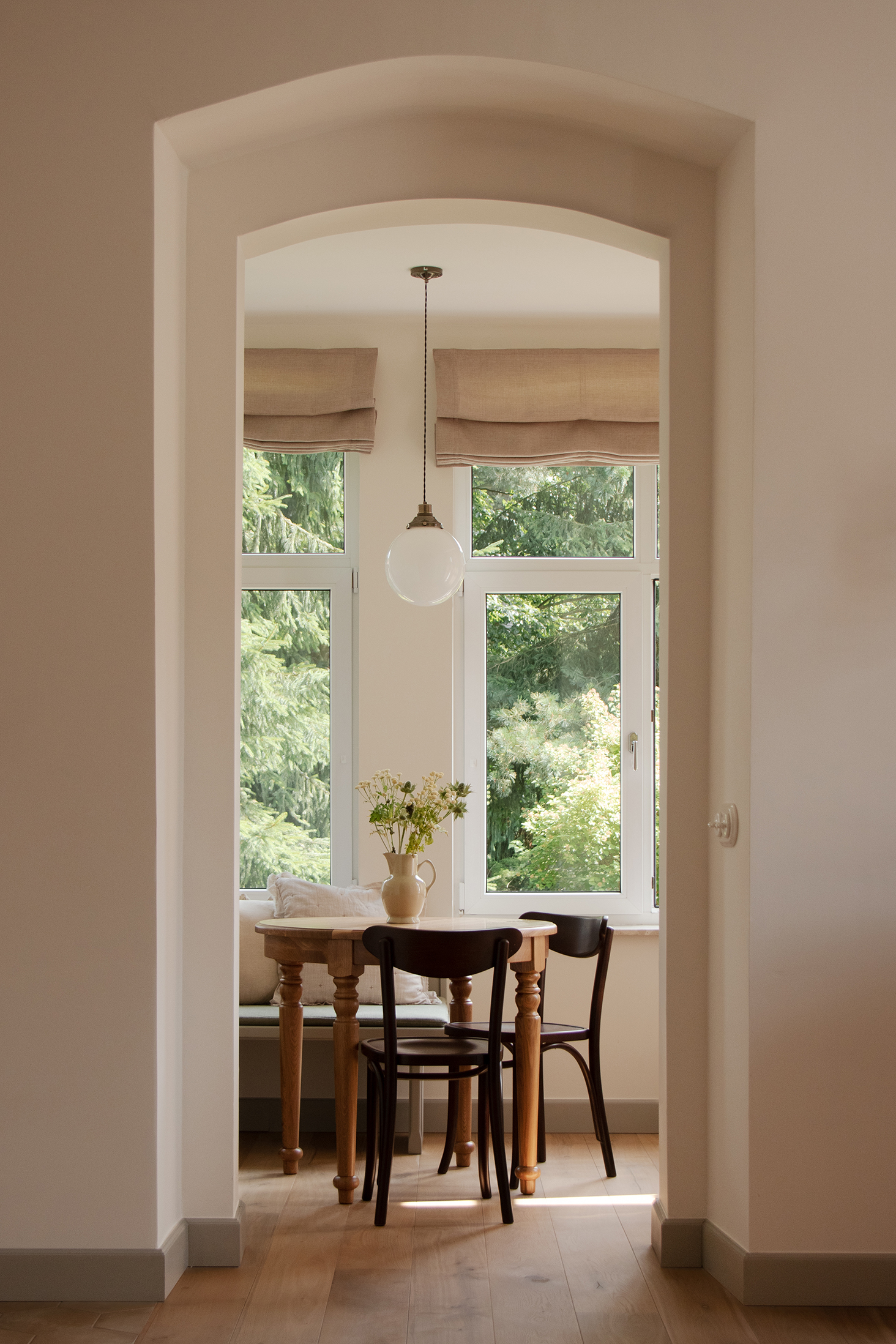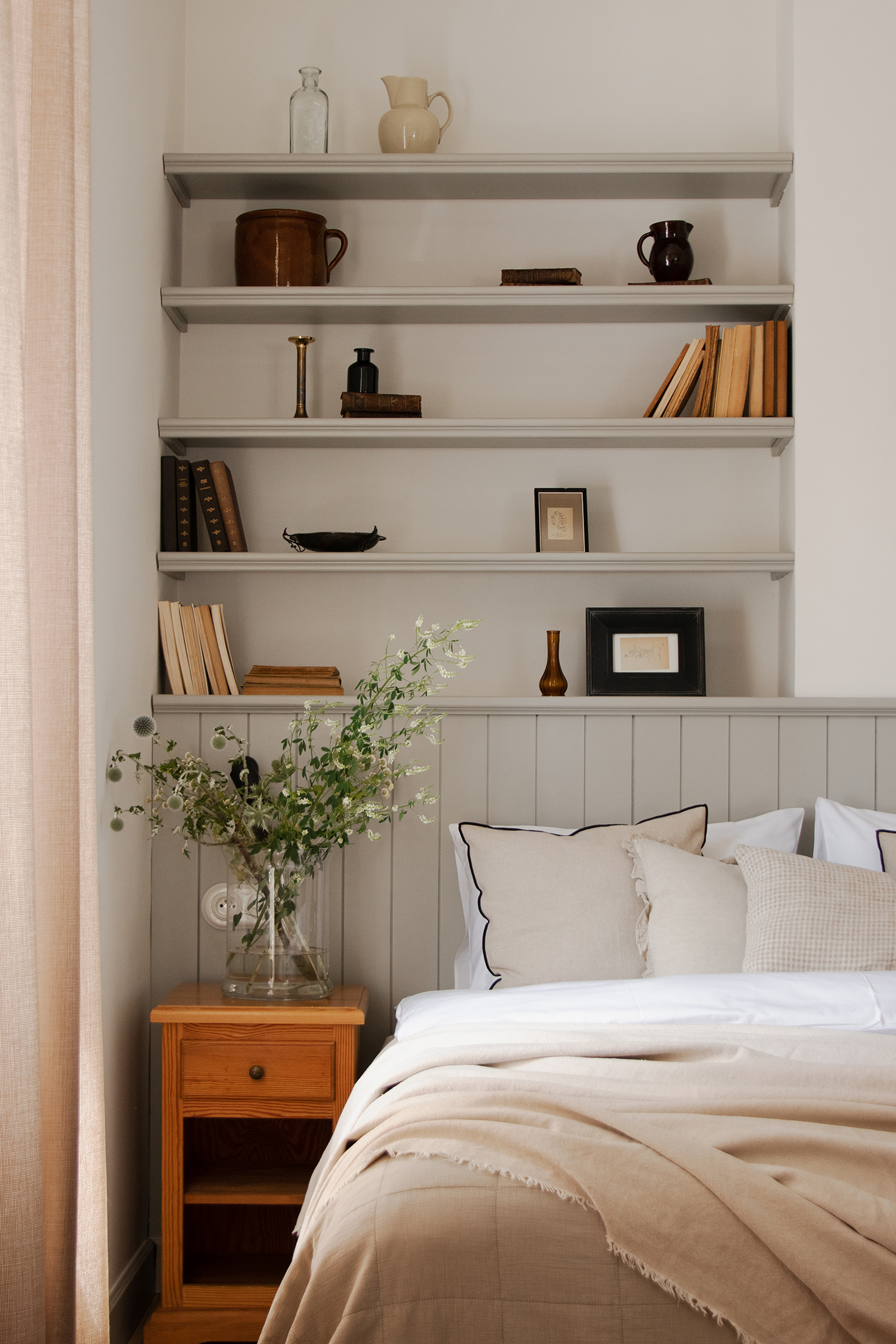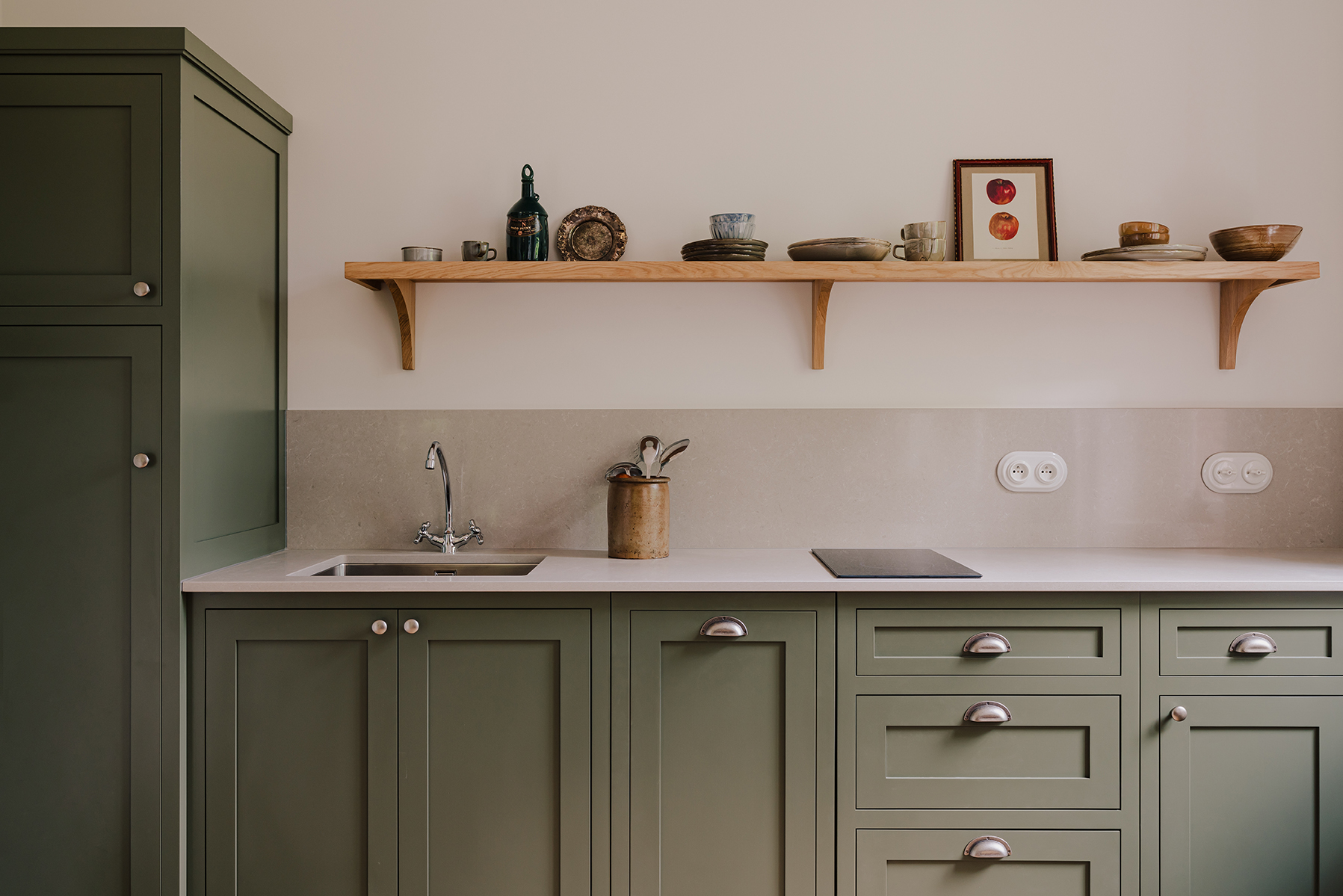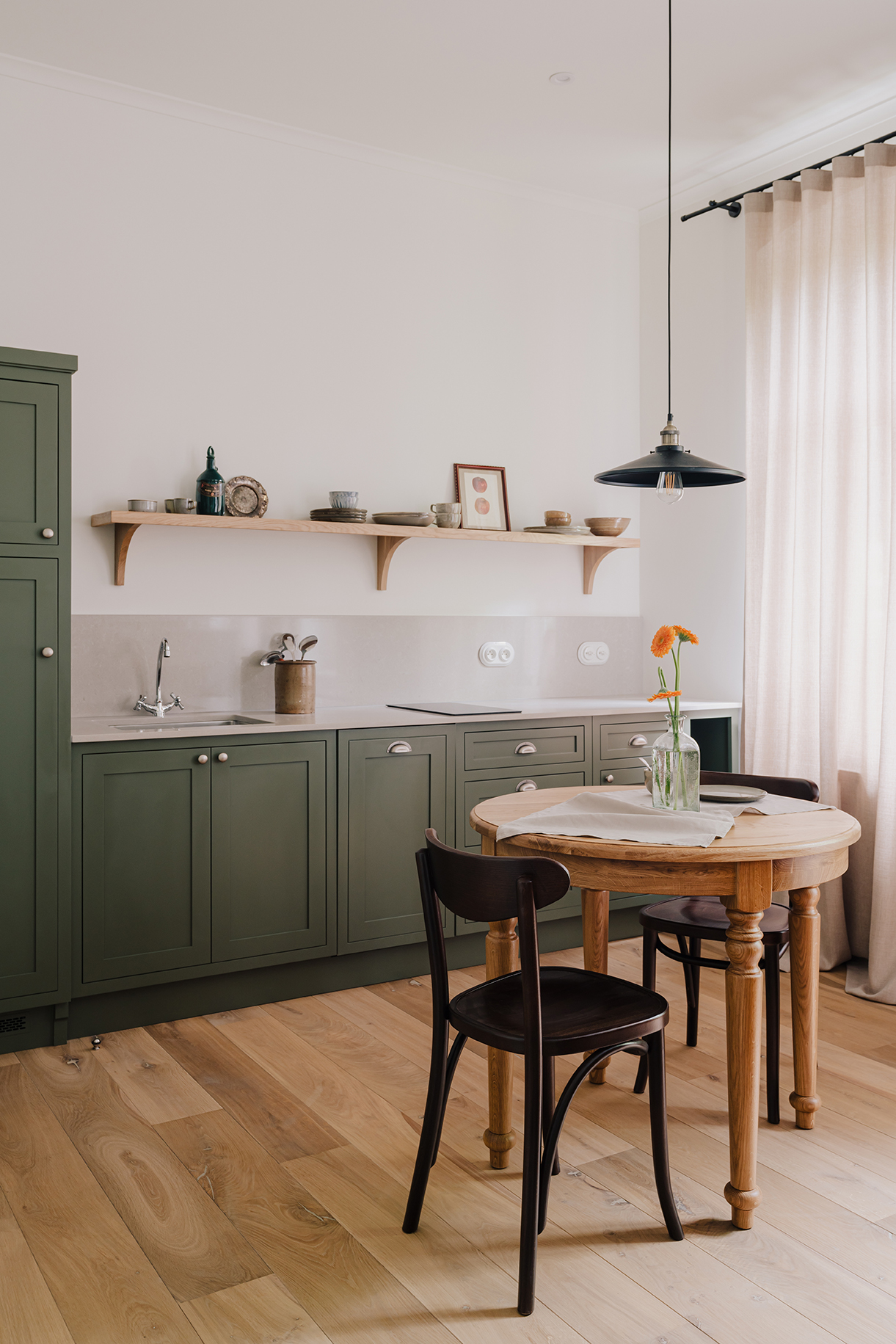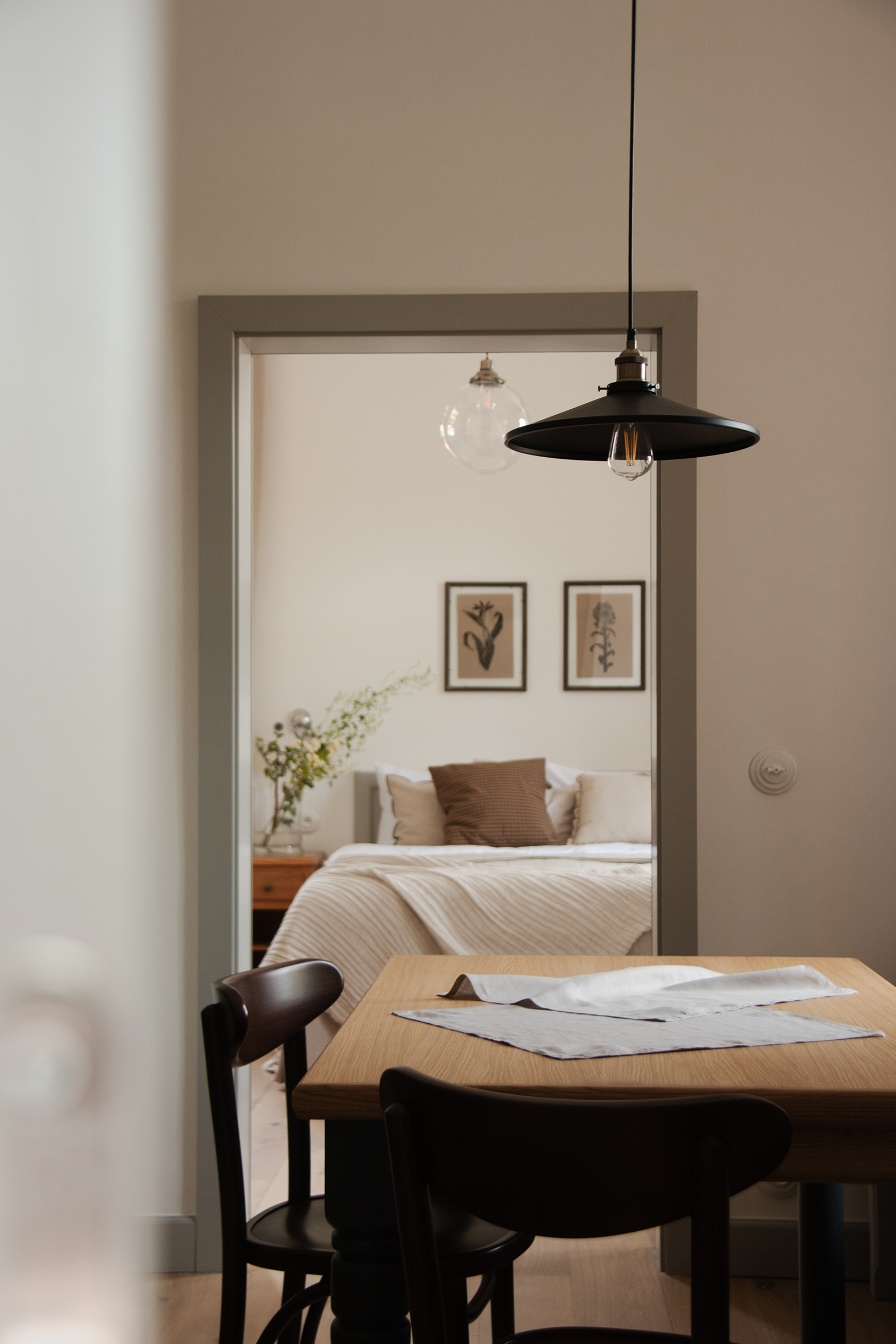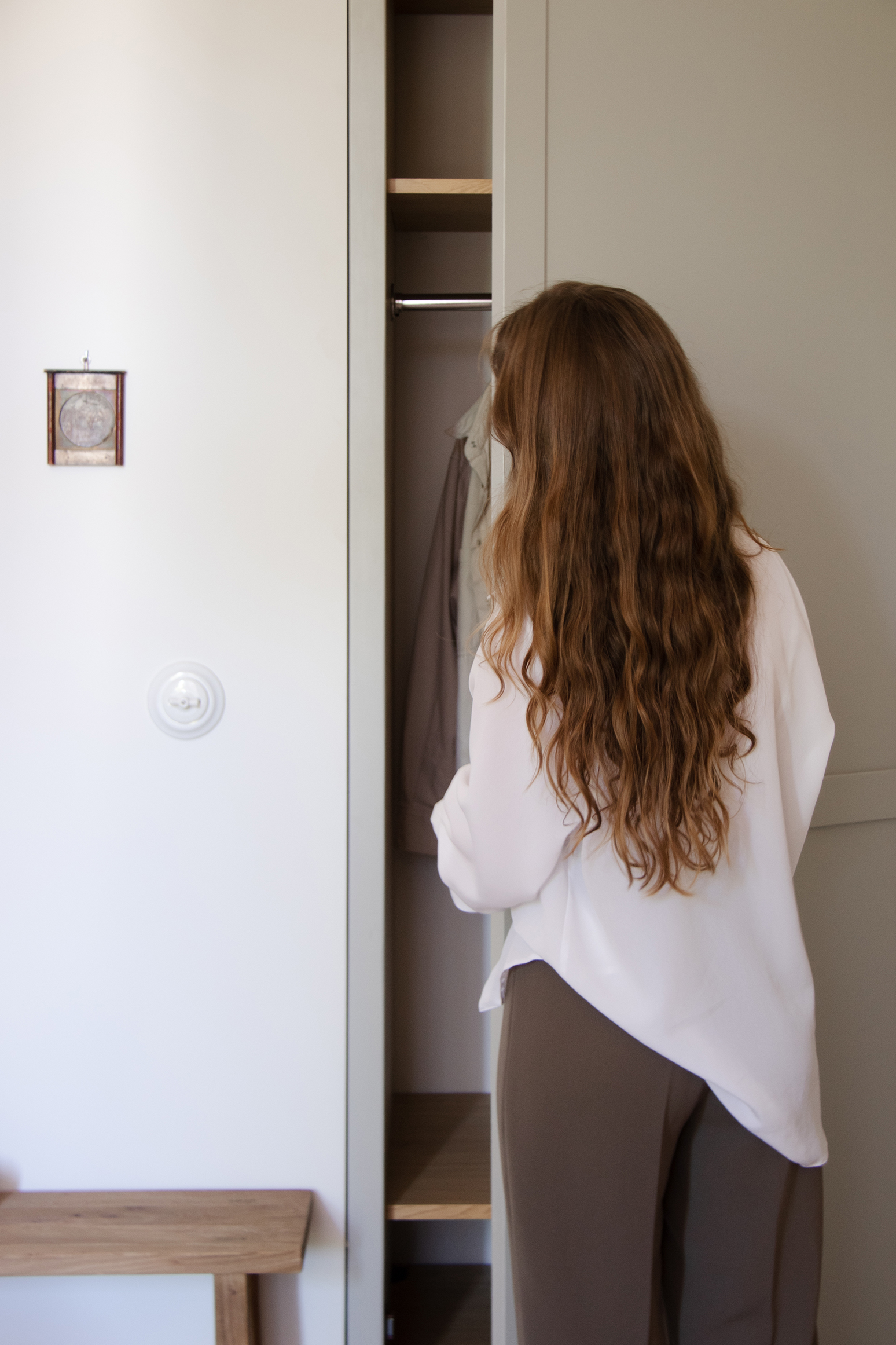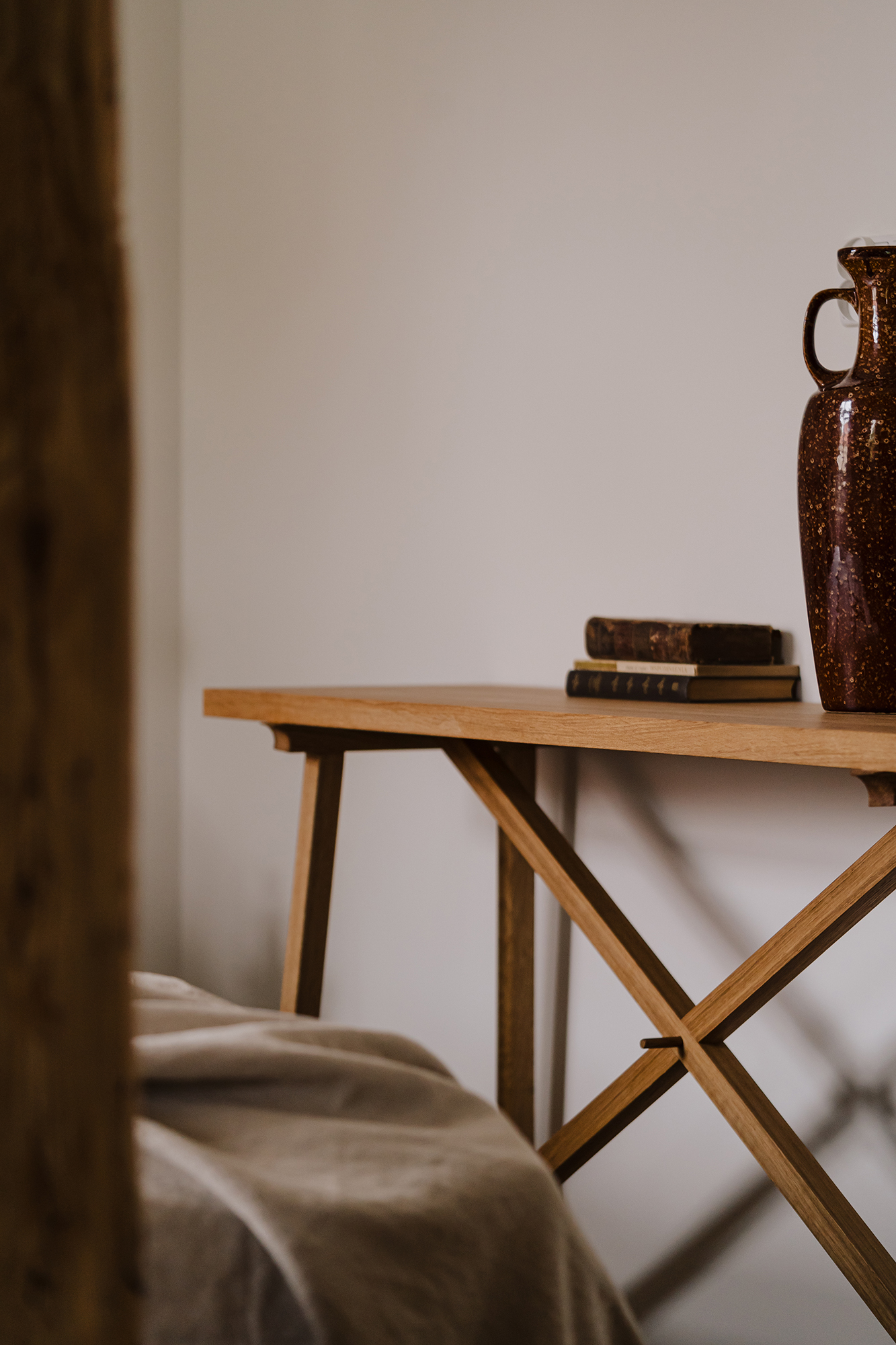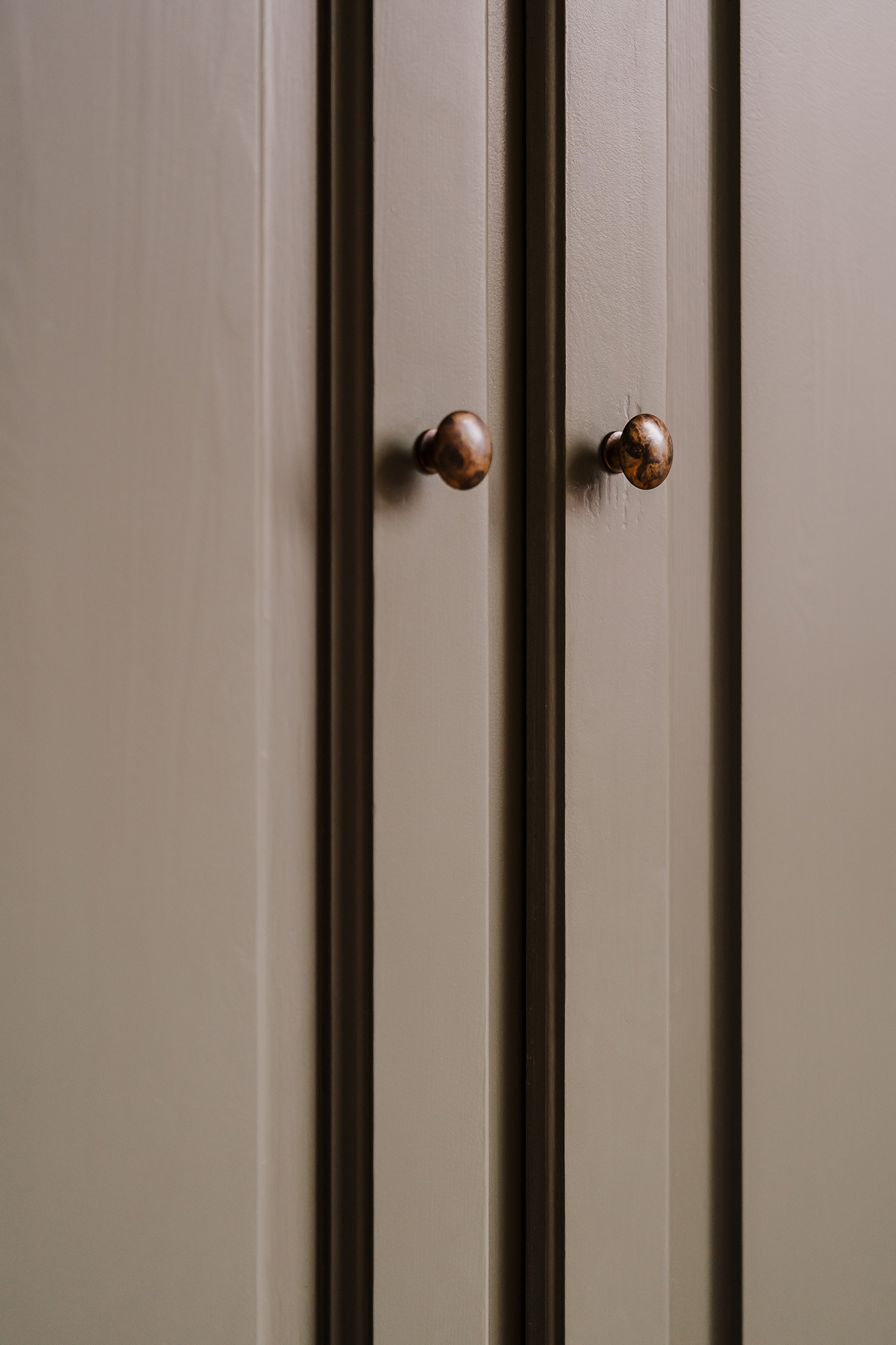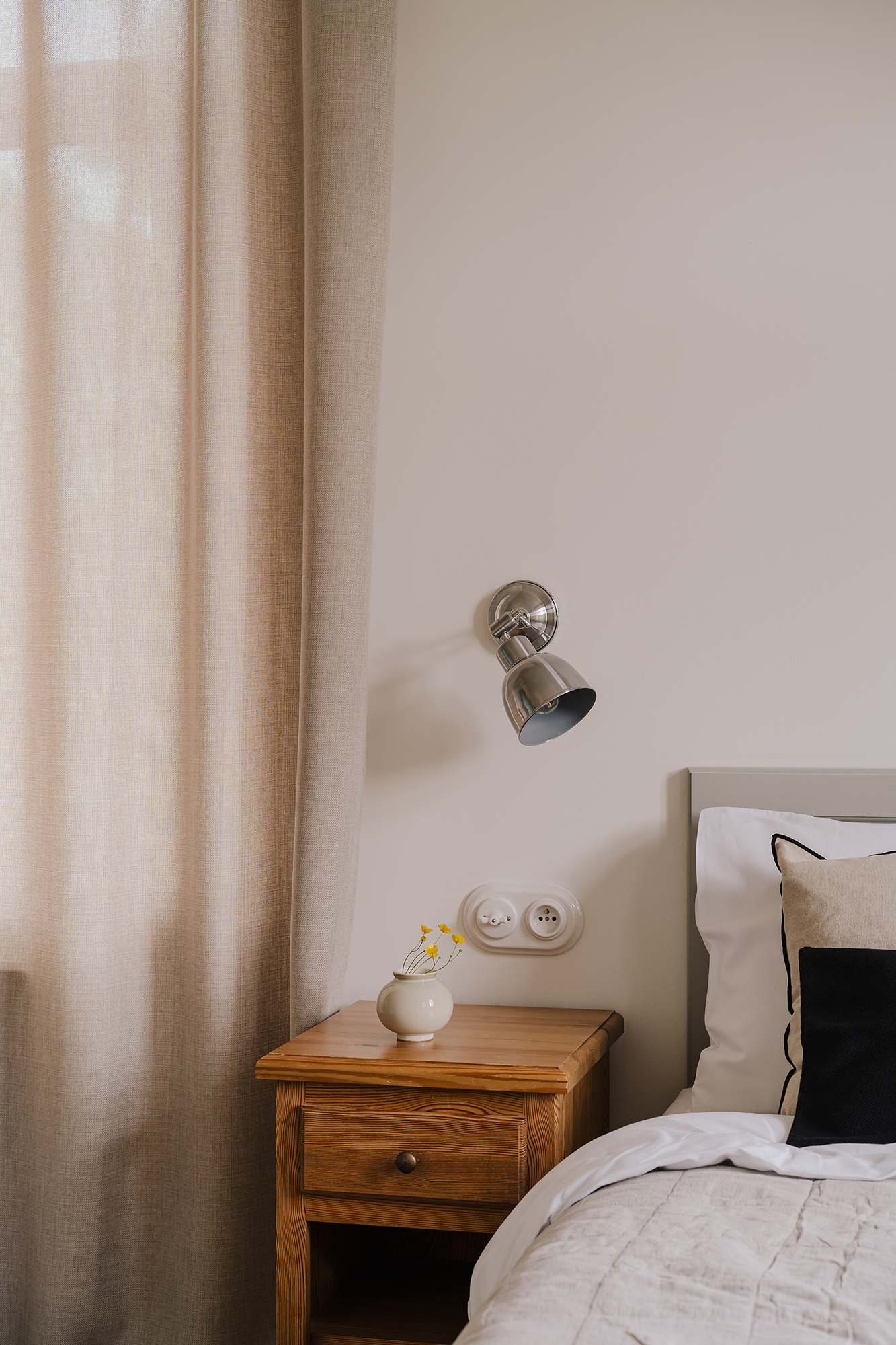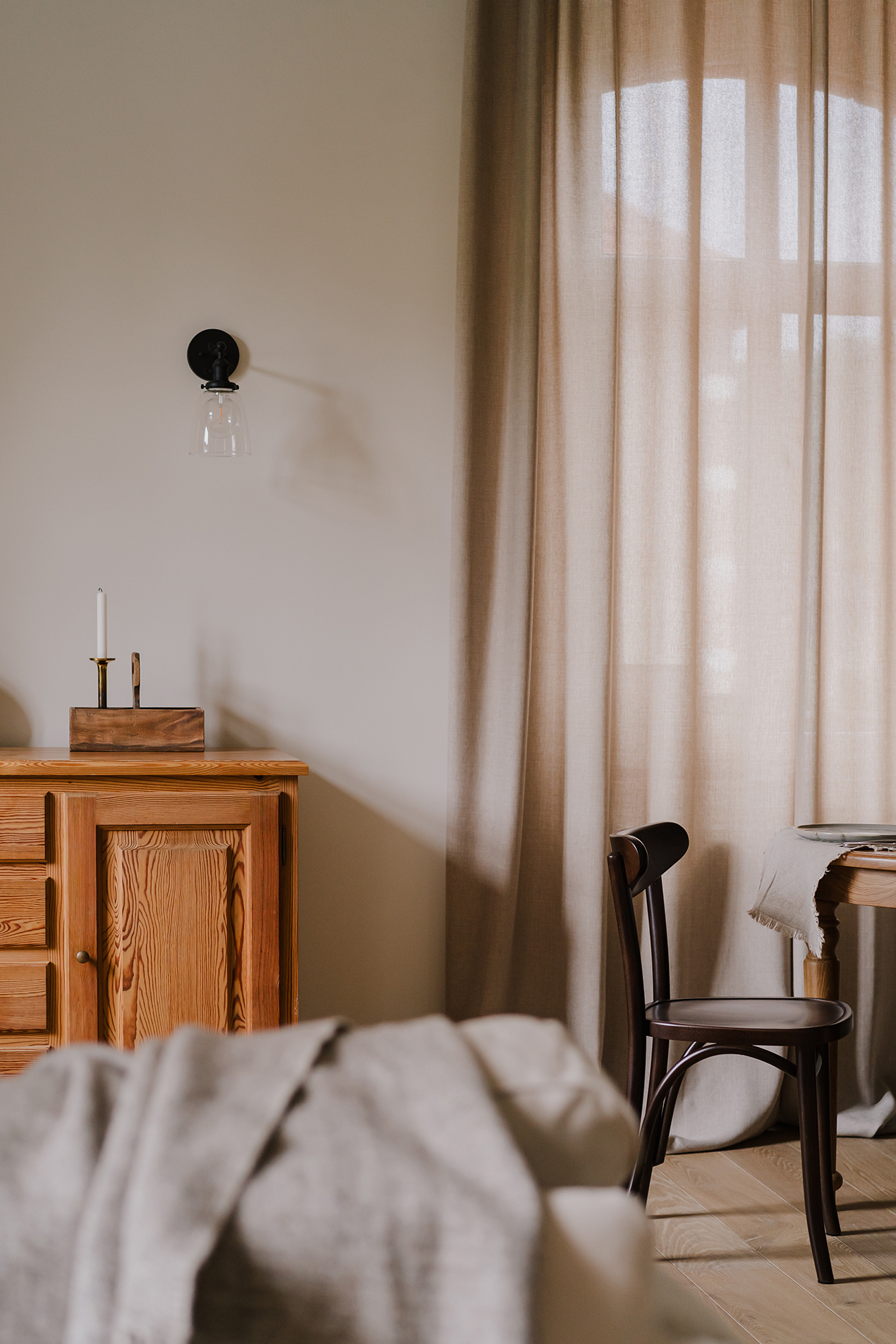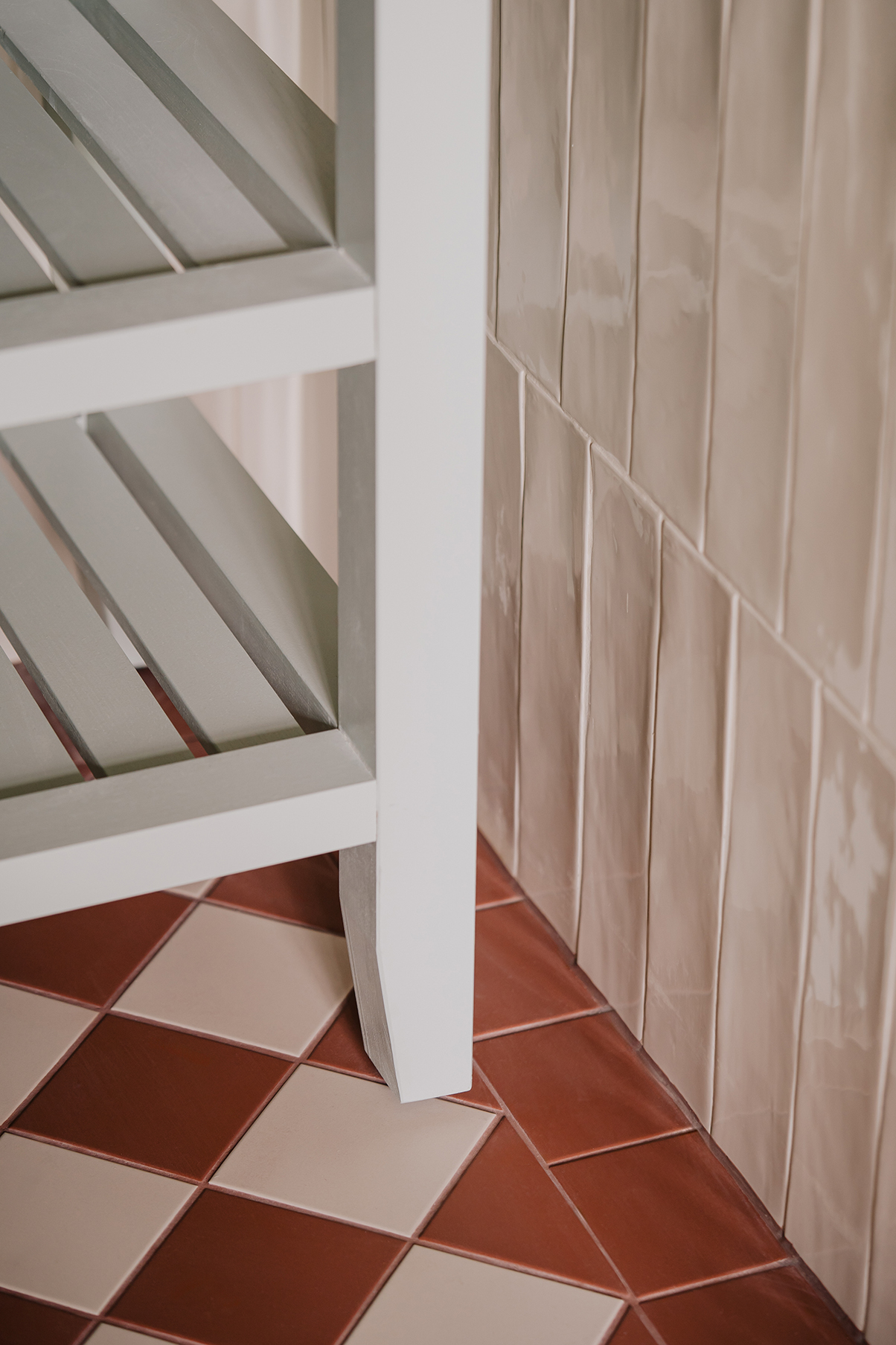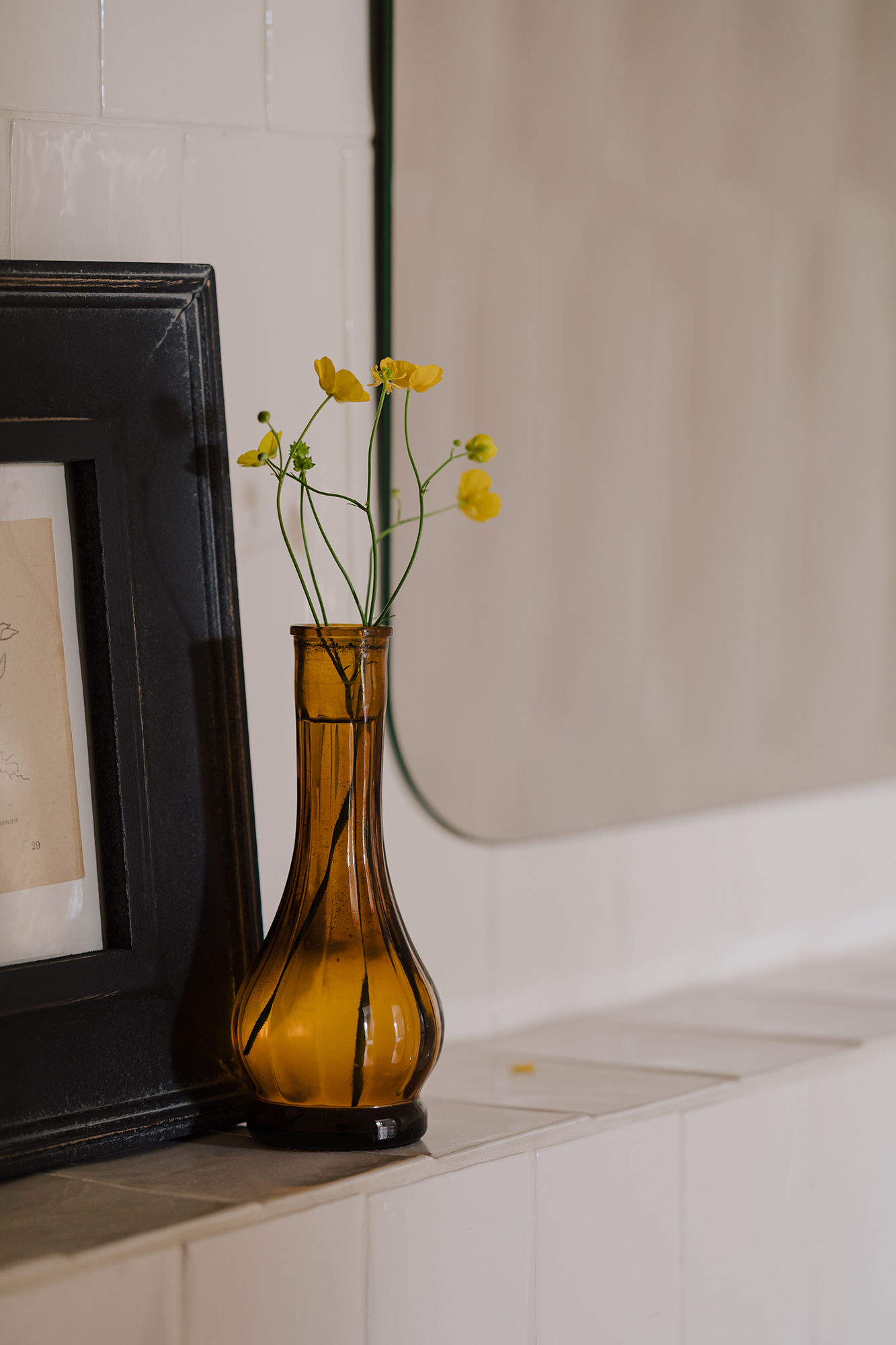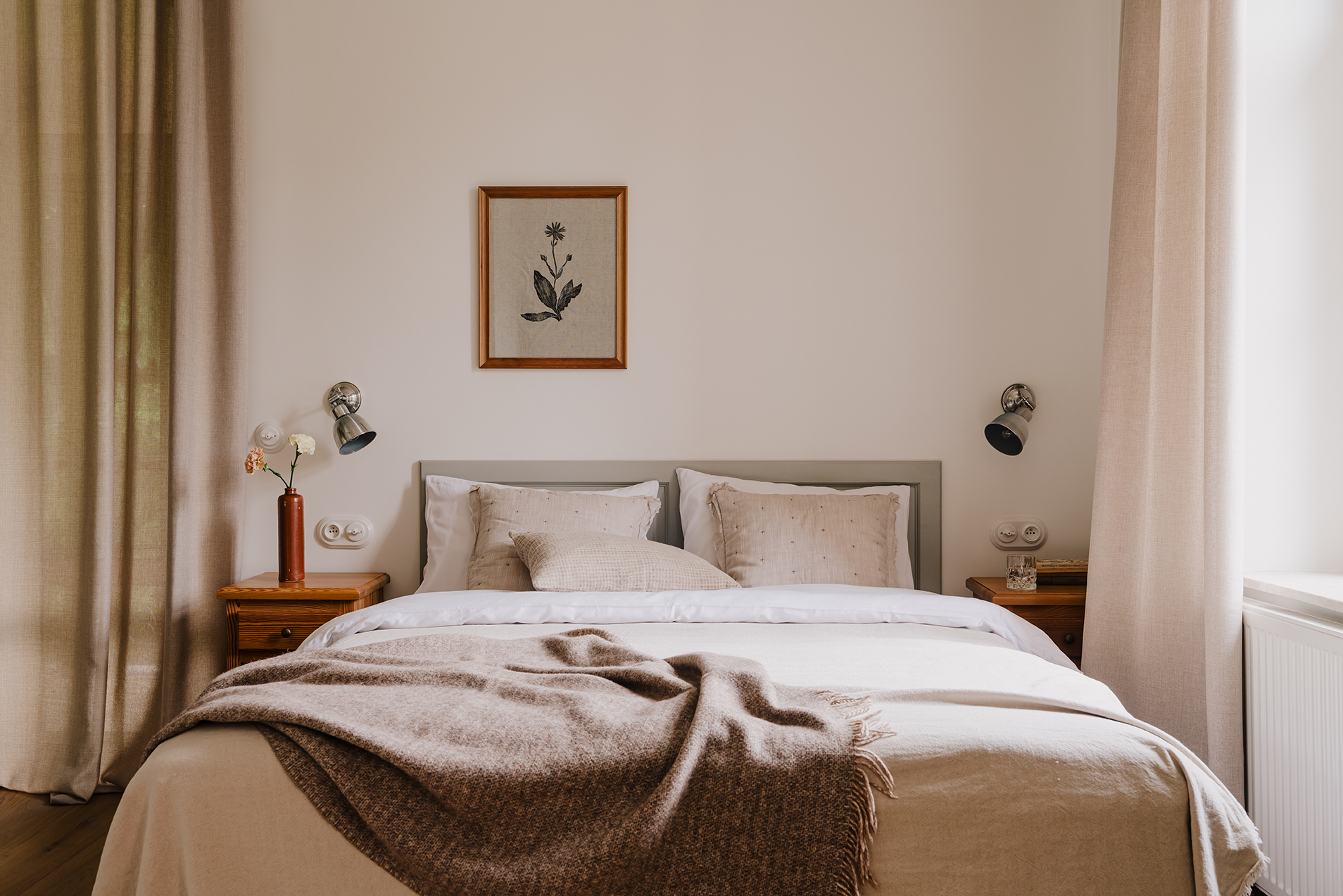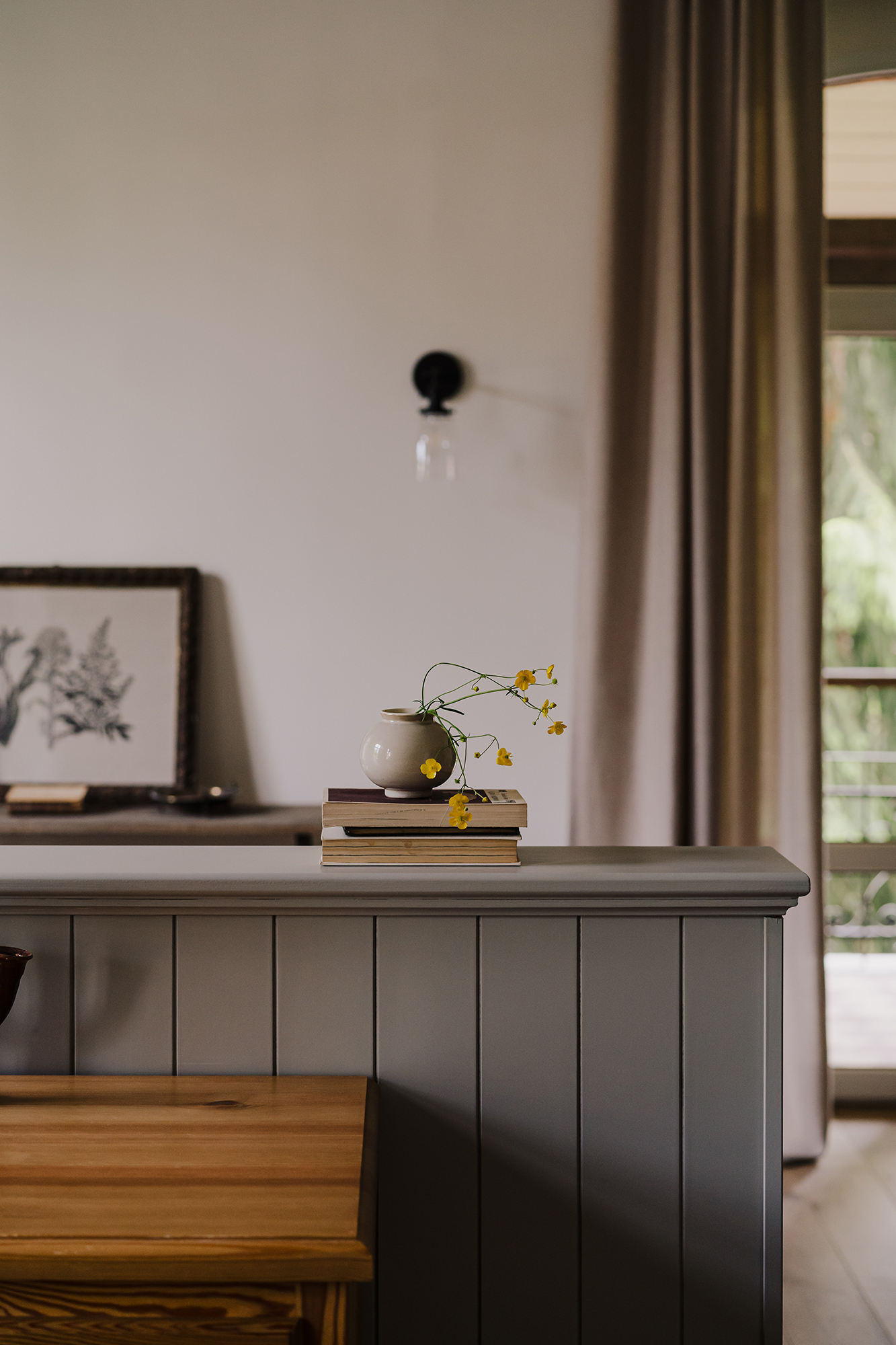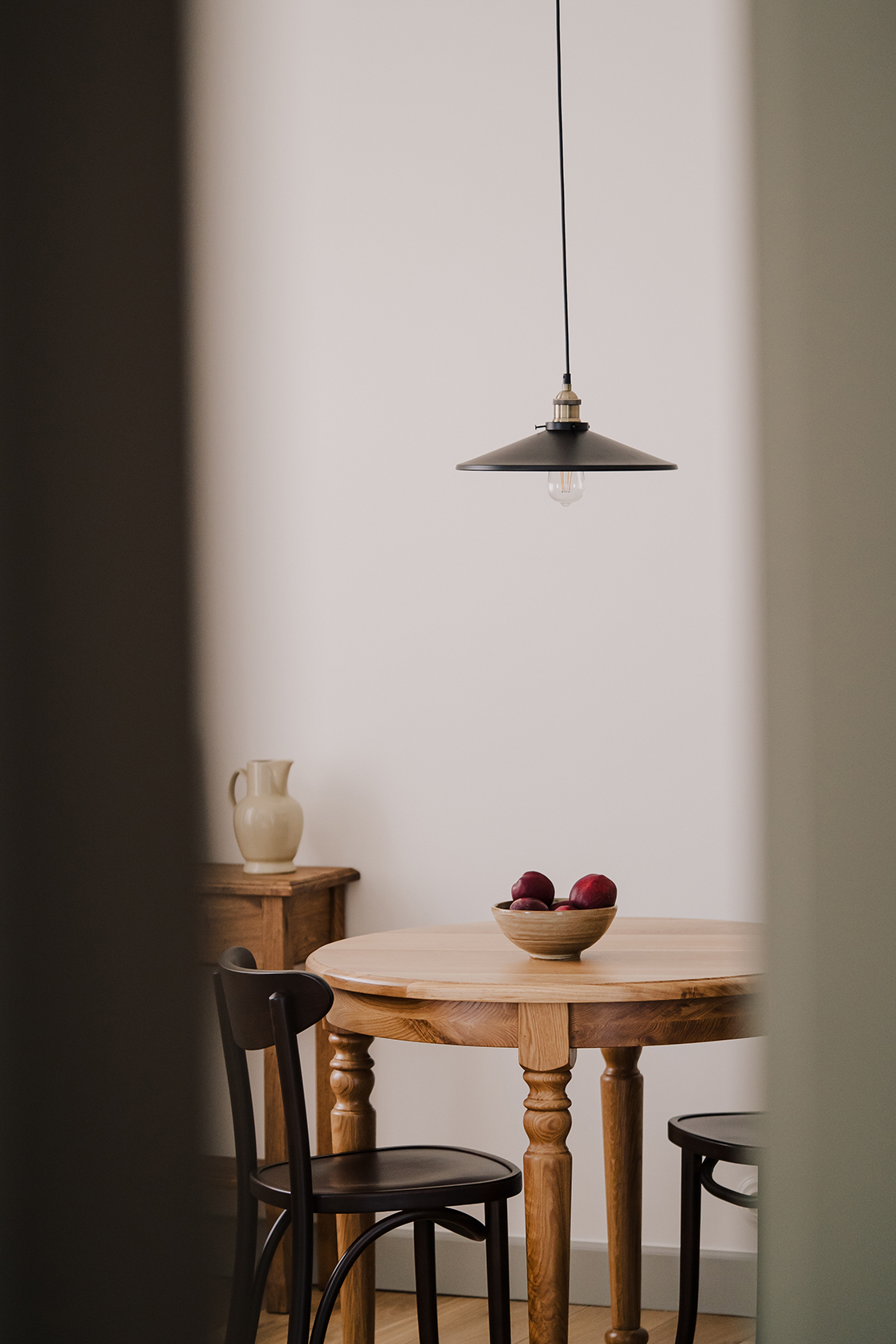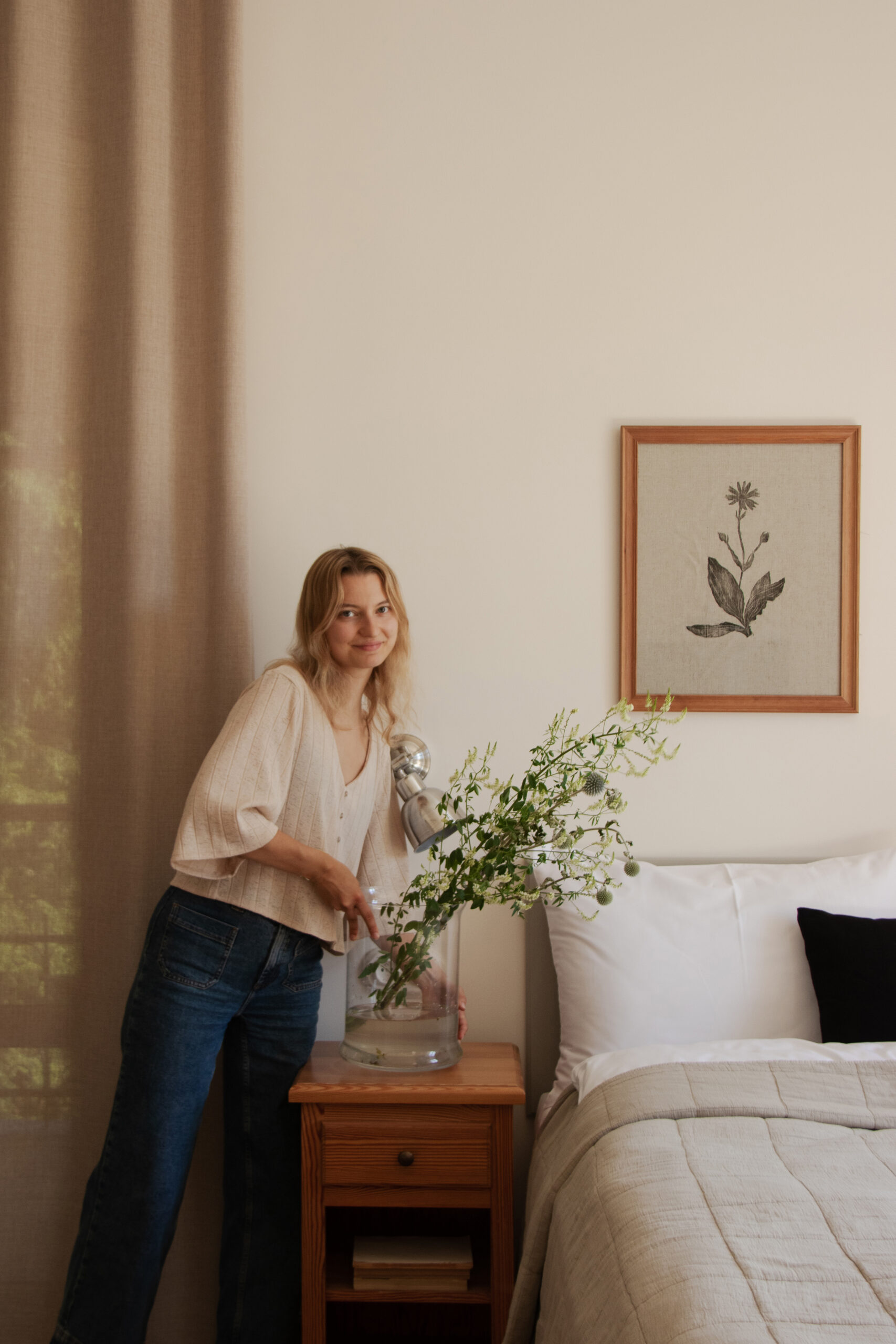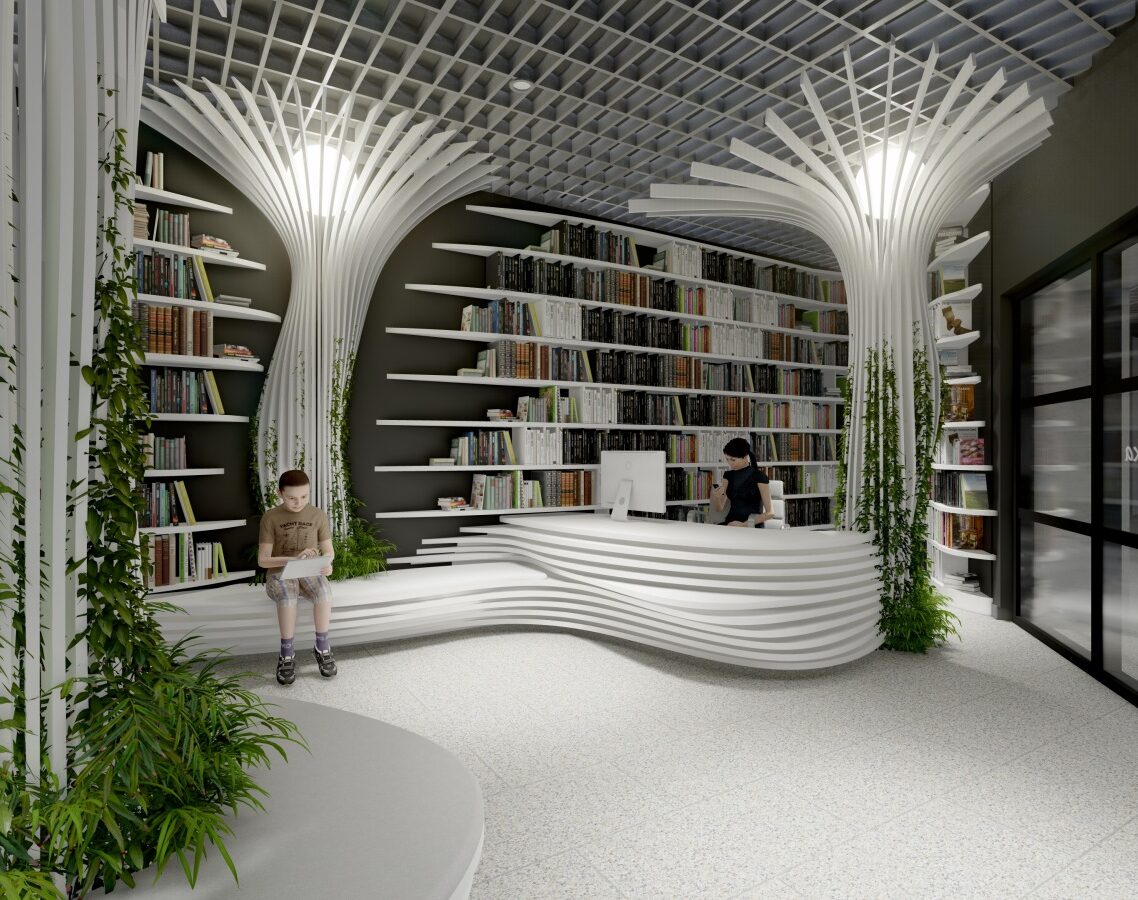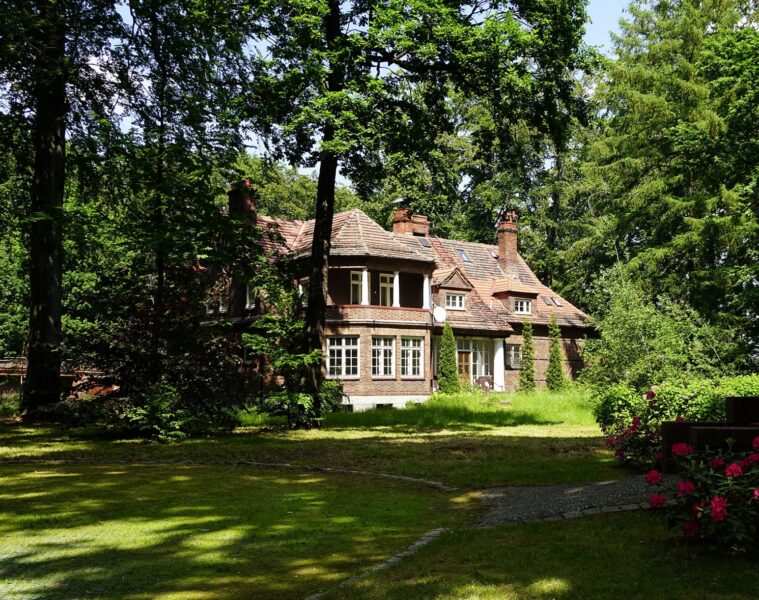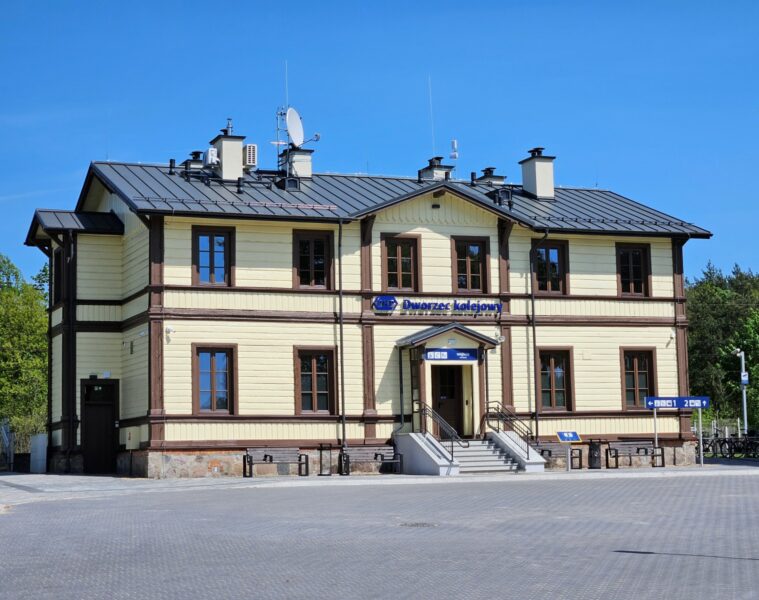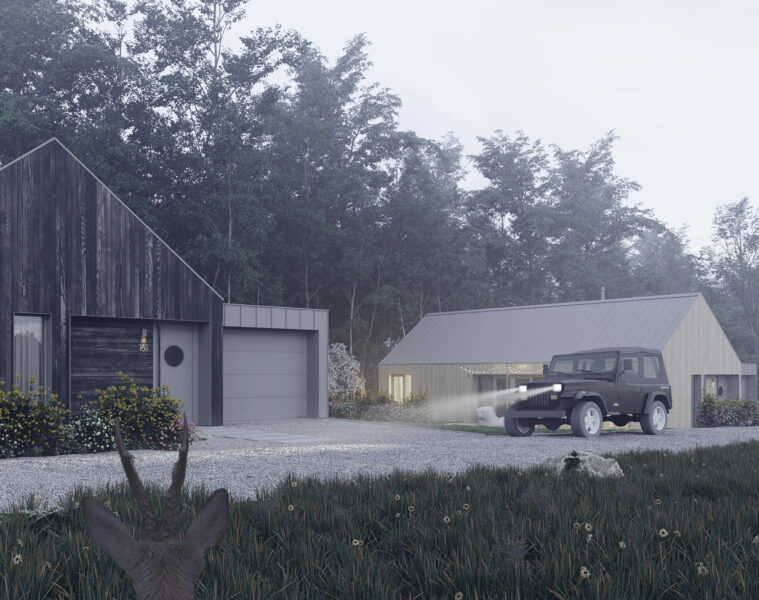Kudowa-Zdrój is a charming spa in Lower Silesia. At its heart is a building whose history begins in the late 19th century. The dilapidated building was bought almost two decades ago by a couple from Warsaw, giving it new life. Last year, it underwent renewed renovation. The interior was designed by young designers Joanna Hutna and Dorota Żak from Ukłon Studio. They prepared the design with respect for the history of the place, as well as referring to the local nature
Old beauty hidden under paint and rubberoleum
The couple who saved the historic villa first saw it in 2004. The abandoned building was very dilapidated, but stood out for its numerous and interesting details. It was immediately decided to buy back the building, which belonged to the Workers’ Holiday Fund. A year later, a major renovation of the historic villa began, saving it from total destruction
Even then, efforts were made to restore the beauty of the house hidden under layers of oil paint and gumoleum. The wooden ceilings were preserved and the openwork staircase was brought out from under the plywood. The wooden details of the balconies underwent restoration, as did the original wrought iron railings. In contrast, research into the history of the building led the new owners all the way back to the end of the 19th century. At that time, they discovered that the building had been used as a boarding house from the beginning and was called Willa Erika
In post-war times, however, the building was called Kryniczanka. The new owners changed its name to Willa Lawenda, which first welcomed guests in 2008. After 13 years of operation, came another landmark. In pandemonium, the decision was made to renovate and change the concept to boutique flats
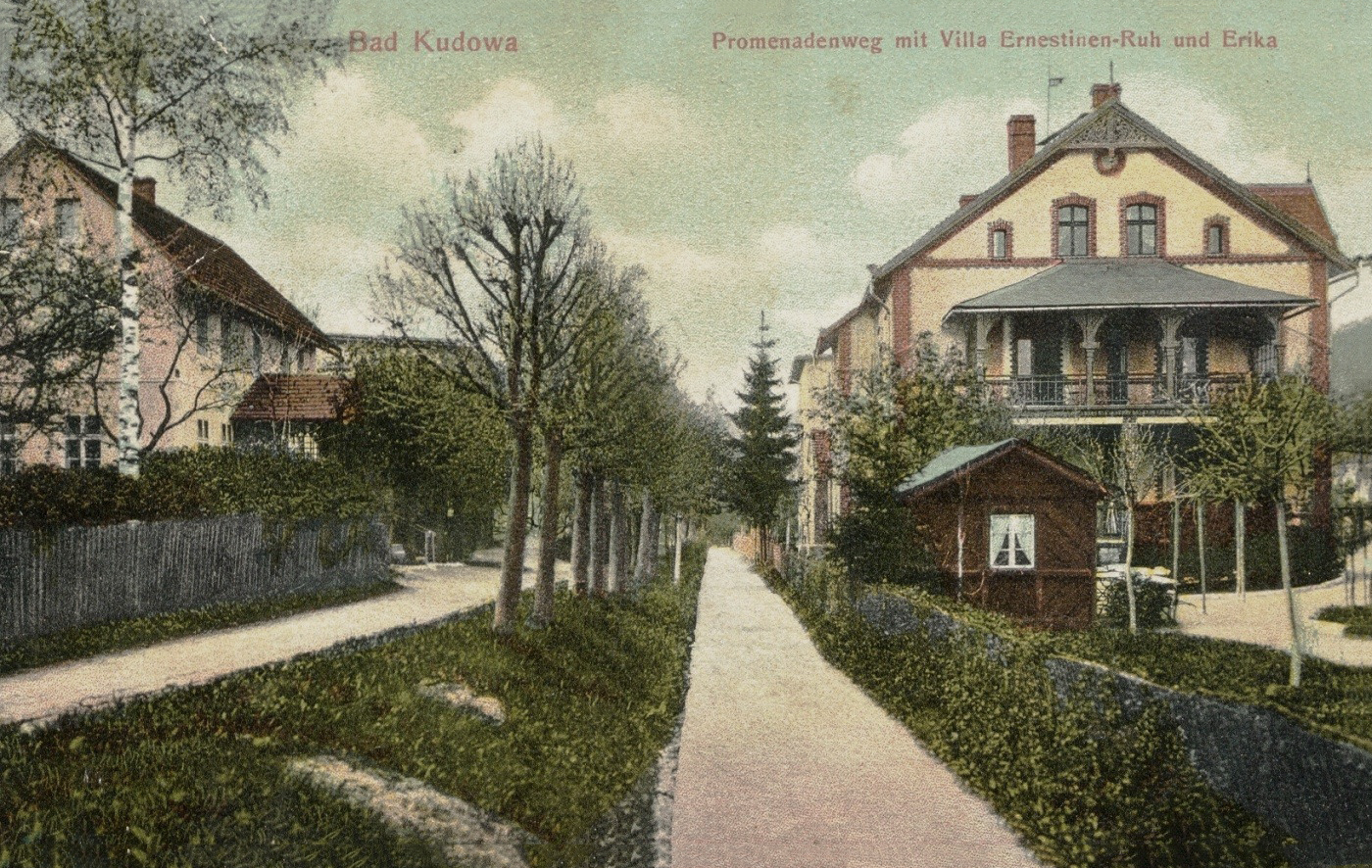
The main objective: to preserve the historical value of the place
Villa Lavender was redesigned by Joanna Hutna together with Dorota Żak of Ukłon Studio. The guest rooms were turned into suites (each with its own bathroom and kitchenette
kitchenette). As Joanna Hutna describes, this required changes to the layout of the rooms and many compromises due to the historic nature of the building
– Each flat has its own unique character because of the architecture of the building, and also thanks to unique elements such as glazing and carpentry work commissioned from a local carpenter. These separate the different zones of the space,” describes Joanna Hutna. As she emphasises, a key aim of the project was to preserve the historical value of the site and to use the existing furnishings of the villa in the spirit of sustainable design
The ornate steel staircase was cleaned and the pine furniture was given new colours and details, regaining its freshness. – This proves that care for the environment and beauty can go hand in hand,” adds the designer
Kudowa-Zdrój. Here, every element tells a story
As both creators point out, the colour scheme of the interior design of Villa Lavender is a harmonious palette of natural colours, including beiges, calming greens, deep navy blue and delicate shades of grey and blue
– The materials and textiles create an atmosphere of cosiness and warmth, conducive to relaxation. The design also took into account existing motifs, such as the preserved terrace tiles, which are deliberately referenced by the chequerboard pattern placed on the bathroom floors. We also made use of vintage elements in the design, each of which tells its own peculiar story – small furnishings such as books or vases were assembled on the occasion of visits to antique shops and fairs, adds Dorota Żak
A reference to local botany
The kitchens of the individual flats, meanwhile, have been furnished with unique porcelain crockery. Ceramic switches and sockets, in turn, not only decorate the walls, but also allude to the vintage atmosphere of the rooms
What deserves recognition is that the designers made some of the interior elements themselves. Hand-painted room numbering appeared in the corridors and in the staircase space. Hand-created linocuts depicting the irregular shapes of local medicinal plants hung on the walls of the suites. Above the entrance, an old, restored signboard with a newly painted name was hung
As Dorota Żak concludes, Villa Lavender, thanks to the Ukłon Studio project, preserves tradition and history, while offering modern comfort to its guests. – The whole creates a harmonious space, ready to welcome travellers. It is a project that combines the past and the present with sensitivity and attention,” concludes Dorota Żak
It is worth emphasising that Ukłon Studio has only been in operation for a short time. The metamorphosis of a villa in Kudowa-Zdrój is one of their first projects. We keep our fingers crossed for further activities of the young designers!
See also: Metamorphosis | Travel | Hotel | Forest

